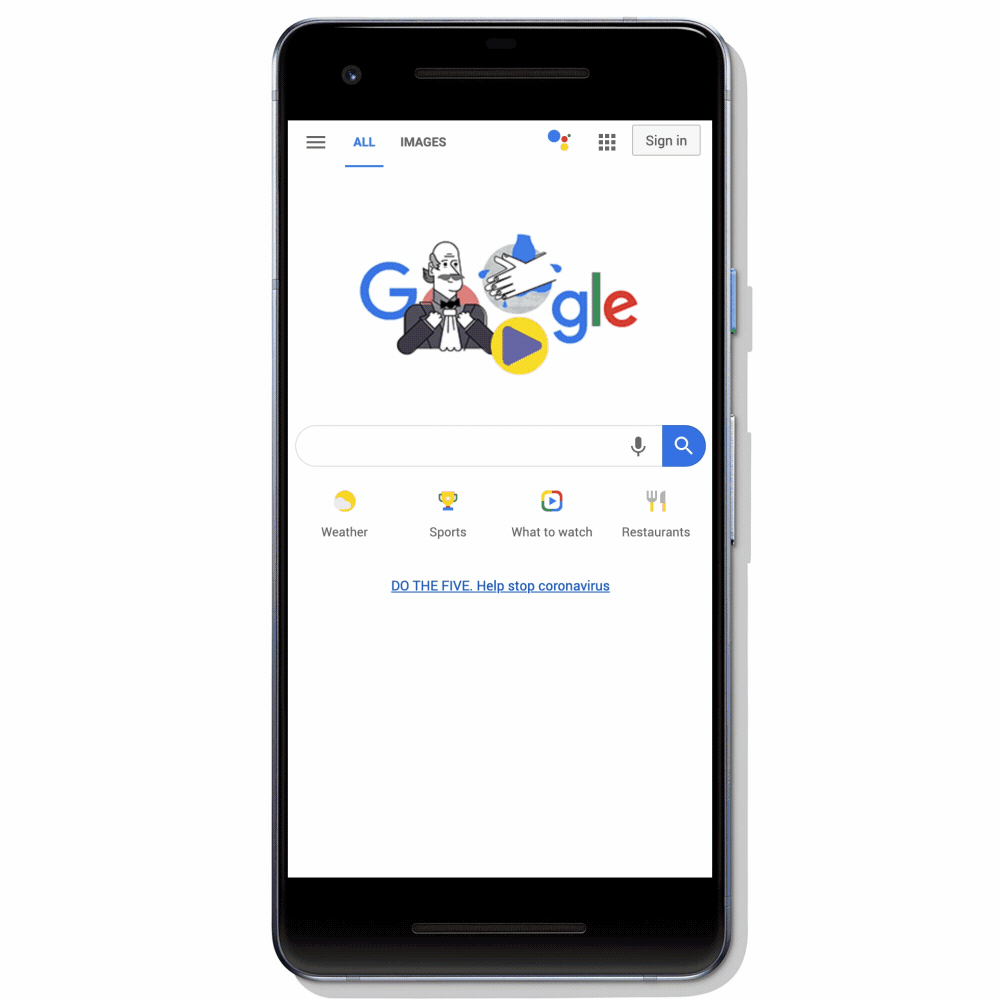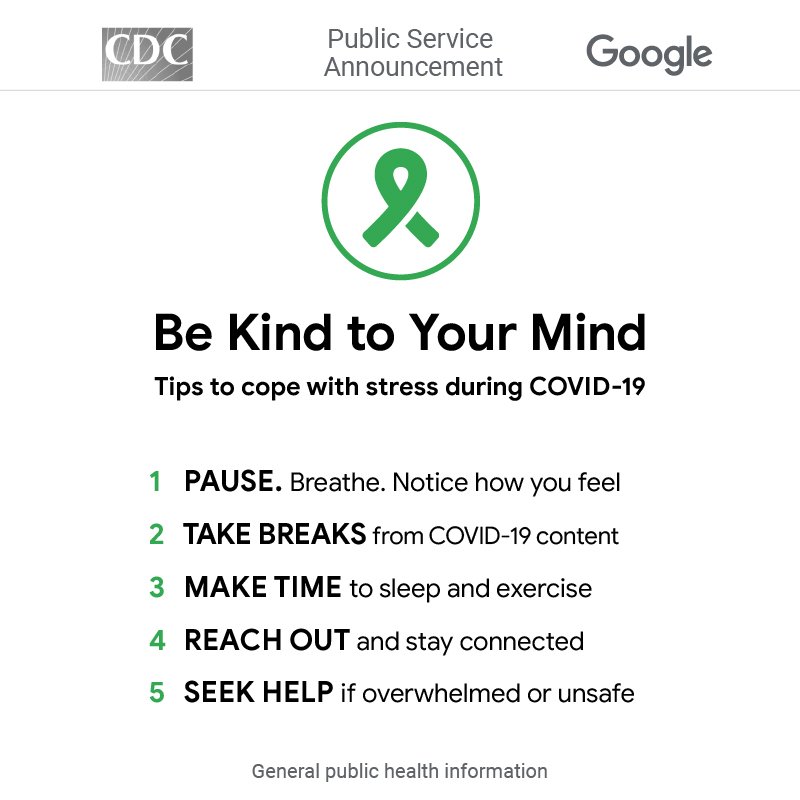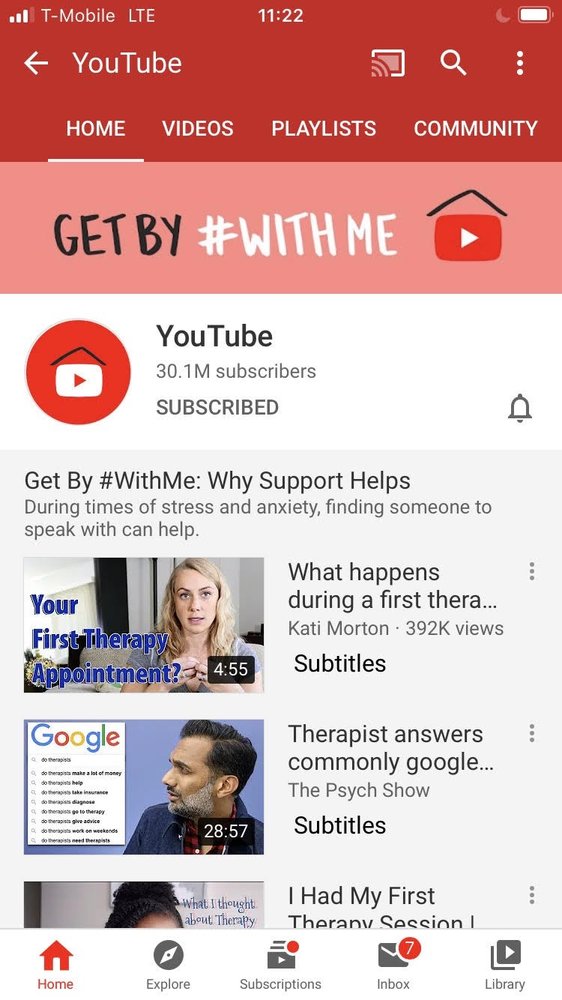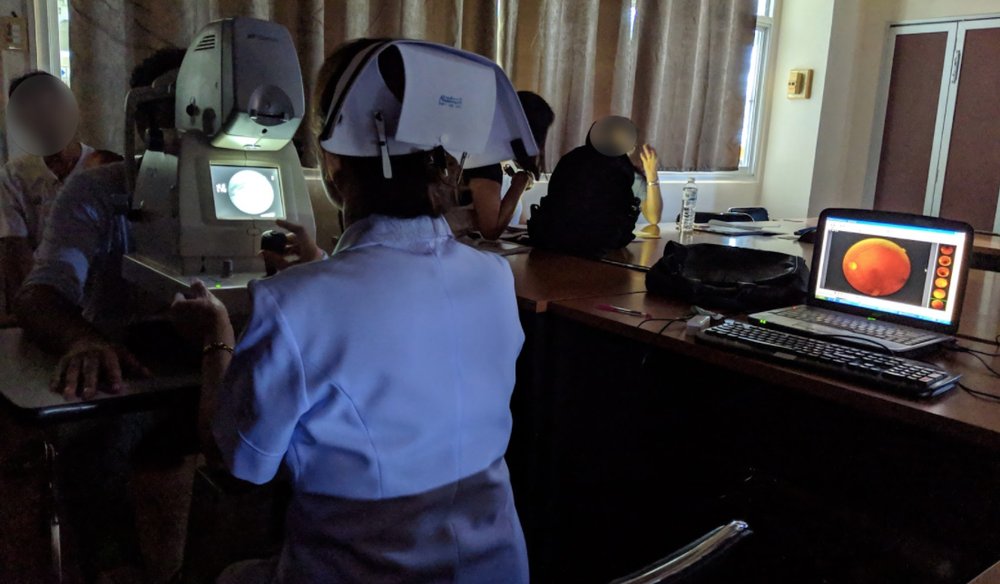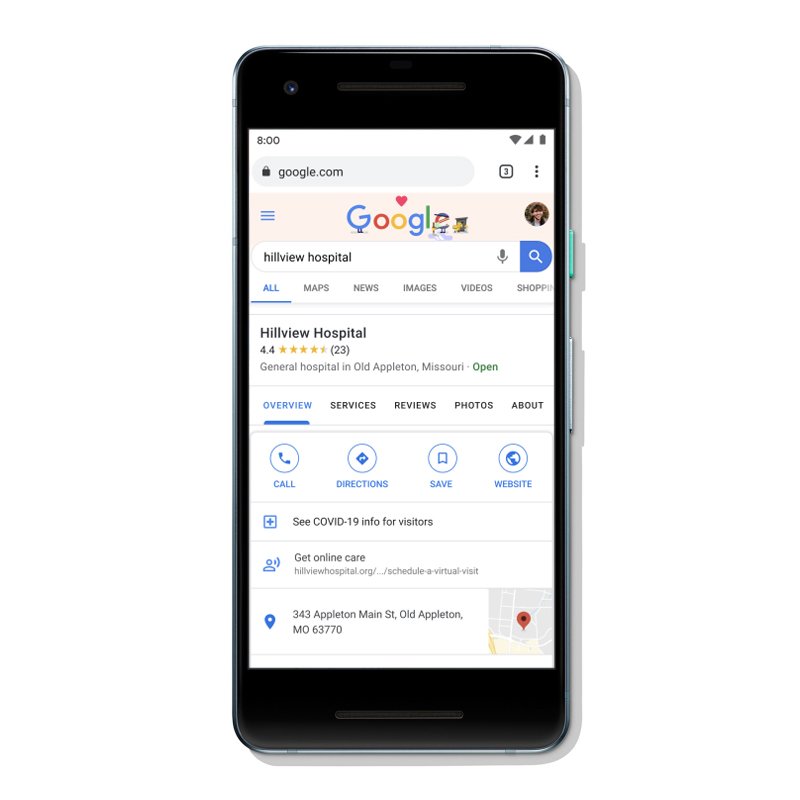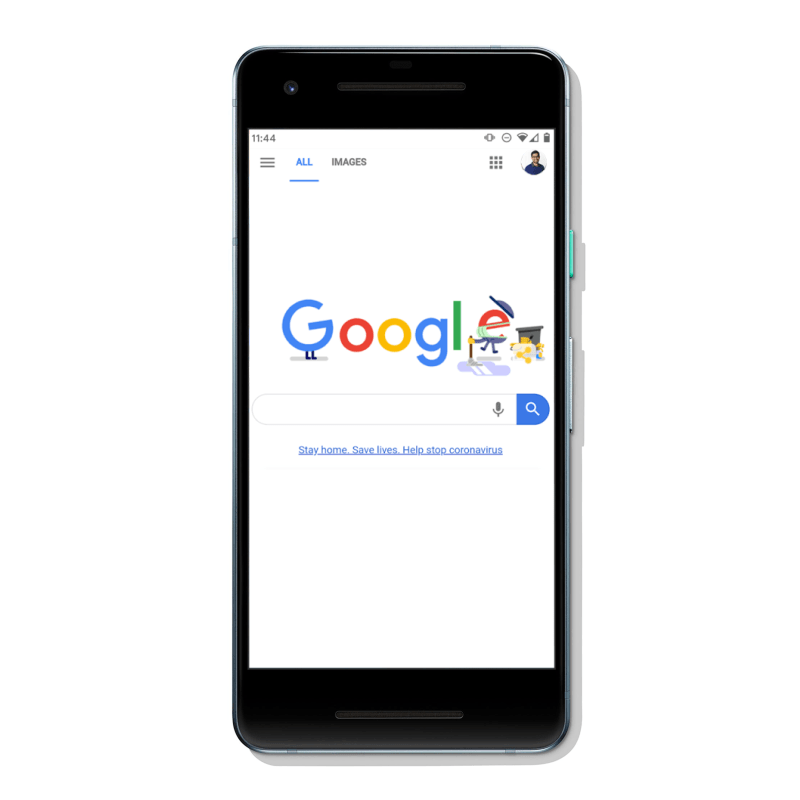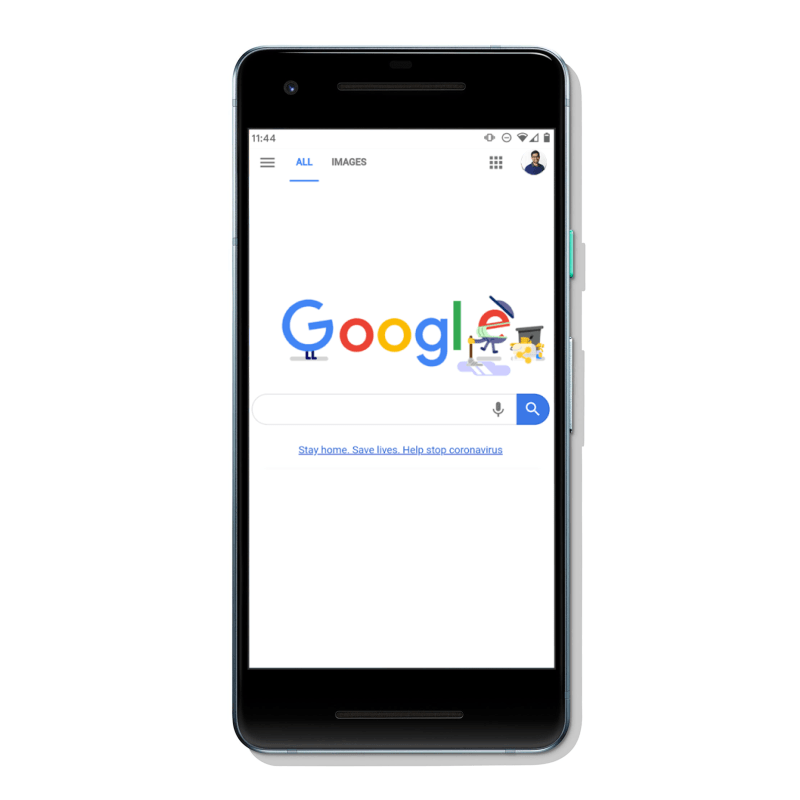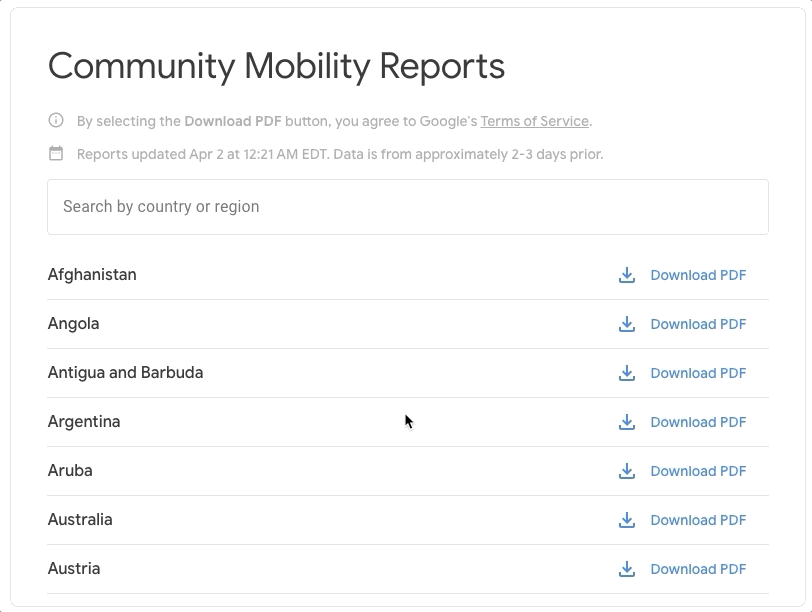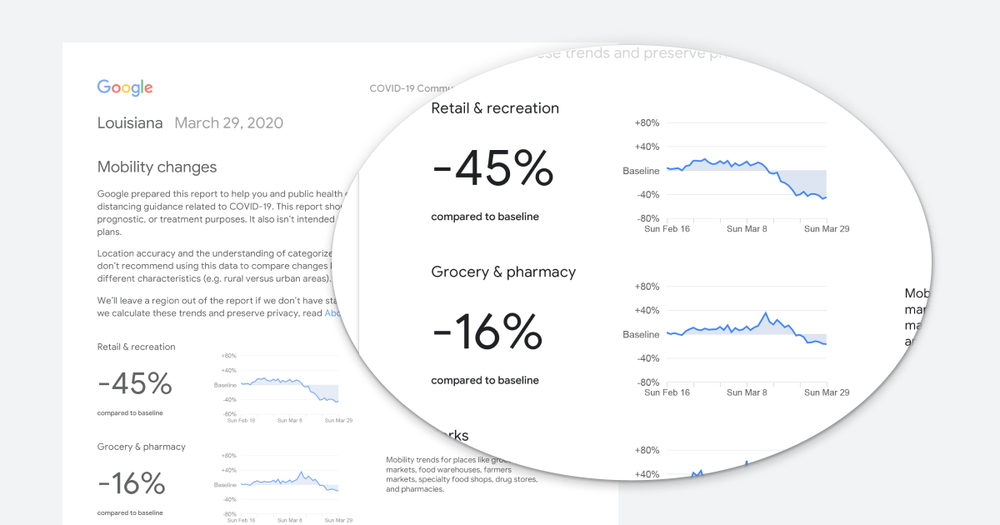Age-related macular degeneration (AMD) is the biggest cause of sight loss in the UK and USA and is the third largest cause of blindness across the globe. The latest research collaboration between Google Health, DeepMind and Moorfields Eye Hospital is published in Nature Medicine today. It shows that artificial intelligence (AI) has the potential to not only spot the presence of AMD in scans, but also predict the disease’s progression.
Vision loss and wet AMD
Around 75 percent of patients with AMD have an early form called “dry” AMD that usually has relatively mild impact on vision. A minority of patients, however, develop the more sight-threatening form of AMD called exudative, or “wet” AMD. This condition affects around 15 percent of patients, and occurs when abnormal blood vessels develop underneath the retina. These vessels can leak fluid, which can cause permanent loss of central vision if not treated early enough.

Macular degeneration mainly affects central vision, causing "blind spots" directly ahead (Macular Society).
Wet AMD often affects one eye first, so patients become heavily reliant upon their unaffected eye to maintain their normal day-to-day living. Unfortunately, 20 percent of these patientswill go on to develop wet AMD in their other eye within two years. The condition often develops suddenly but further vision loss can be slowed with treatments if wet AMD is recognized early enough. Ophthalmologists regularly monitor their patients for signs of wet AMD using 3D optical coherence tomography (OCT) images of the retina.
The period before wet AMD develops is a critical window for preventive treatment, which is why we set out to build a system that could predict whether a patient with wet AMD in one eye will go on to develop the condition in their second eye. This is a novel clinical challenge, since it’s not a task that is routinely performed.
How AI could predict the development of wet AMD
In collaboration with colleagues at DeepMind and Moorfields Eye Hospital NHS Foundation Trust, we’ve developed an artificial intelligence (AI) model that has the potential to predict whether a patient will develop wet AMD within six months. In the future, this system could potentially help doctors plan studies of earlier intervention, as well as contribute more broadly to clinical understanding of the disease and disease progression.
We trained and tested our model using a retrospective, anonymized dataset of 2,795 patients. These patients had been diagnosed with wet AMD in one of their eyes, and were attending one of seven clinical sites for regular OCT imaging and treatment. For each patient, our researchers worked with retinal experts to review all prior scans for each eye and determine the scan when wet AMD was first evident. In collaboration with our colleagues at DeepMind we developed an AI system composed of two deep convolutional neural networks, one taking the raw 3D scan as input and the other, built on our previous work, taking a segmentation map outlining the types of tissue present in the retina. Our prediction system used the raw scan and tissue segmentations to estimate a patient’s risk of progressing to wet AMD within the next six months.
To test the system, we presented the model with a single, de-identified scan and asked it to predict whether there were any signs that indicated the patient would develop wet AMD in the following six months. We also asked six clinical experts—three retinal specialists and three optometrists, each with at least ten years’ experience—to do the same. Predicting the possibility of a patient developing wet AMD is not a task that is usually performed in clinical practice so this is the first time, to our knowledge, that experts have been assessed on this ability.
While clinical experts performed better than chance alone, there was substantial variability between their assessments. Our system performed as well as, and in certain cases better than, these clinicians in predicting wet AMD progression. This highlights its potential use for informing studies in the future to assess or help develop treatments to prevent wet AMD progression.
Future work could address several limitations of our research. The sample was representative of practice at multiple sites of the world’s largest eye hospital, but more work is needed to understand the model performance in different demographics and clinical settings. Such work should also understand the impact of unstudied factors—such as additional imaging tests—that might be important for prediction, but were beyond the scope of this work.
What’s next
These findings demonstrate the potential for AI to help improve understanding of disease progression and predict the future risk of patients developing sight-threatening conditions. This, in turn, could help doctors study preventive treatments.
This is the latest stage in our partnership with Moorfields Eye Hospital NHS Foundation Trust, a long-standing relationship that transitioned from DeepMind to Google Health in September 2019. Our previous collaborations include using AI to quickly detect eye conditions, and showing how Google Cloud AutoML might eventually help clinicians without prior technical experience to accurately detect common diseases from medical images.
This is early research, rather than a product that could be implemented in routine clinical practice. Any future product would need to go through rigorous prospective clinical trials and regulatory approvals before it could be used as a tool for doctors. This work joins a growing body of research in the area of developing predictive models that could inform clinical research and trials. In line with this, Moorfields will be making the dataset available through the Ryan Initiative for Macular Research. We hope that models like ours will be able to support this area of work to improve patient outcomes.
